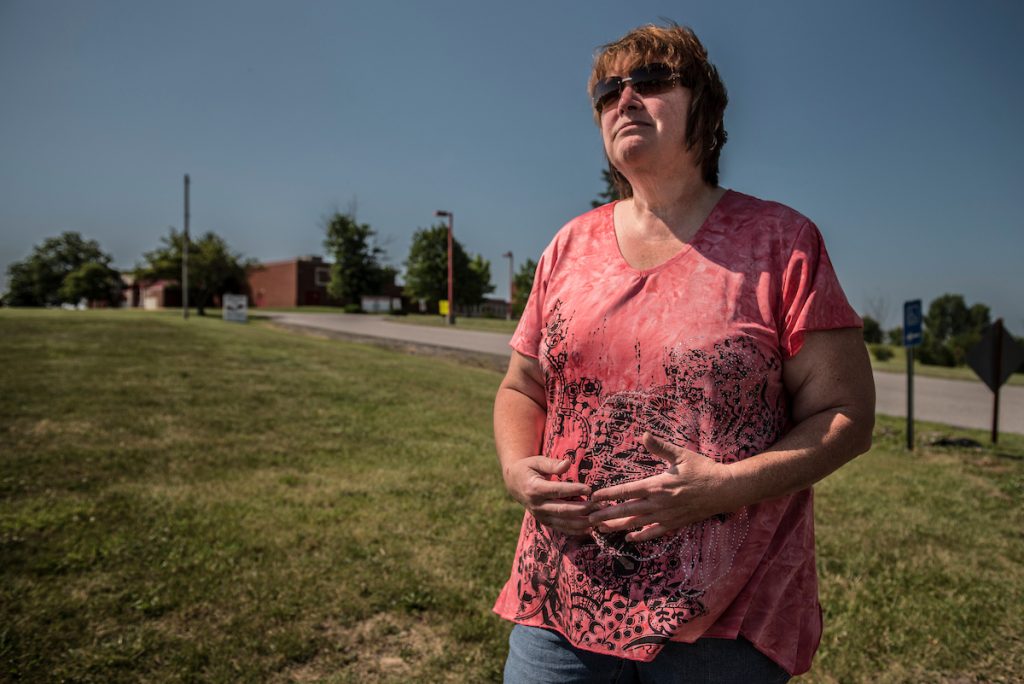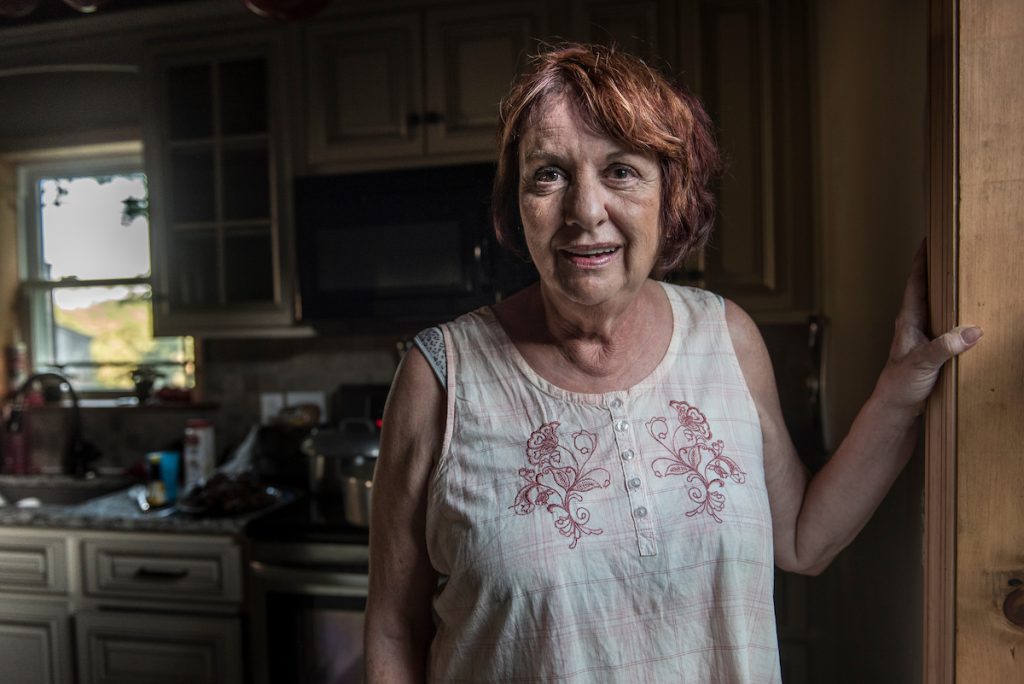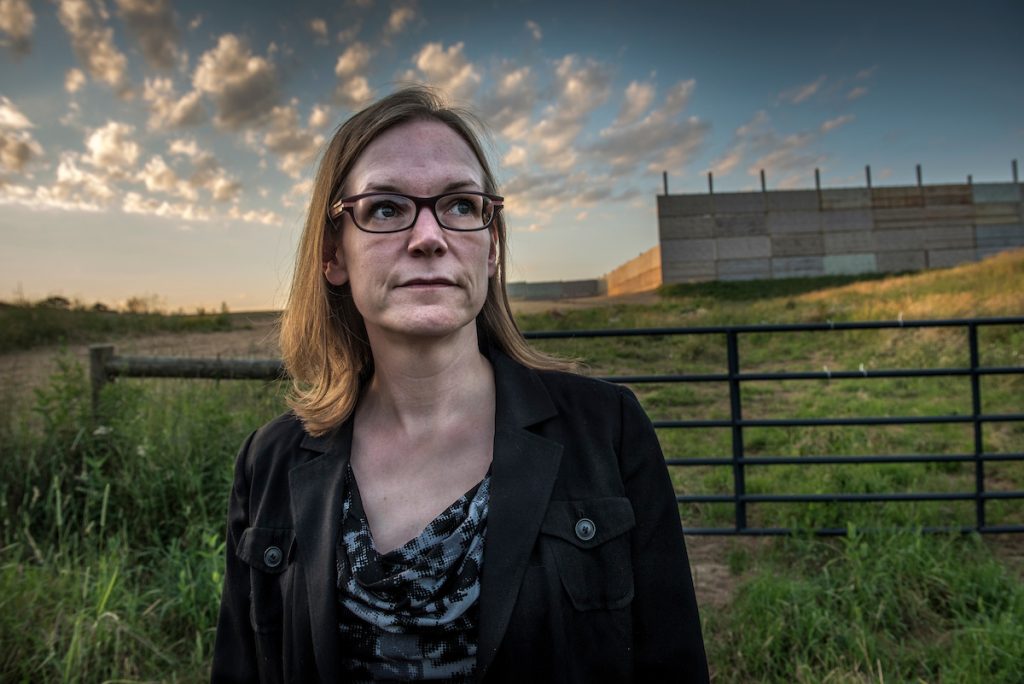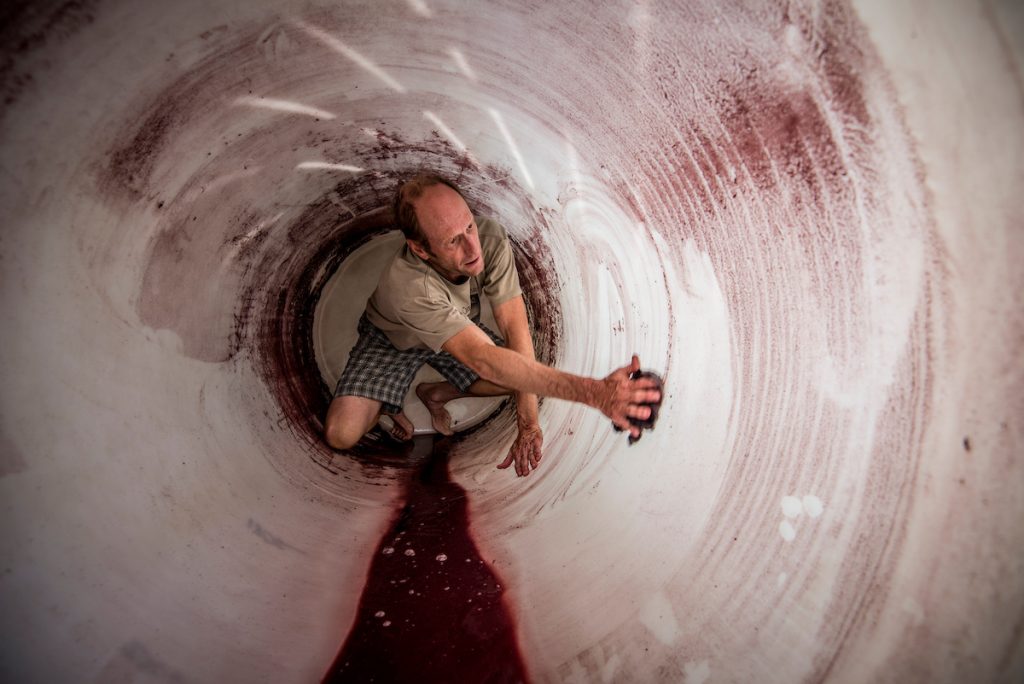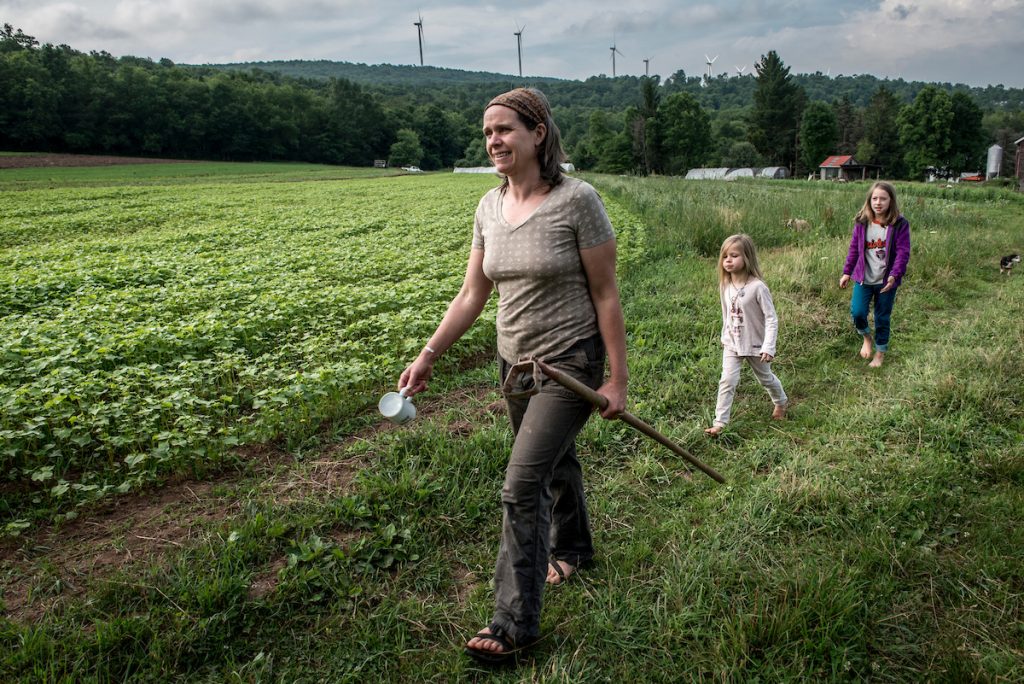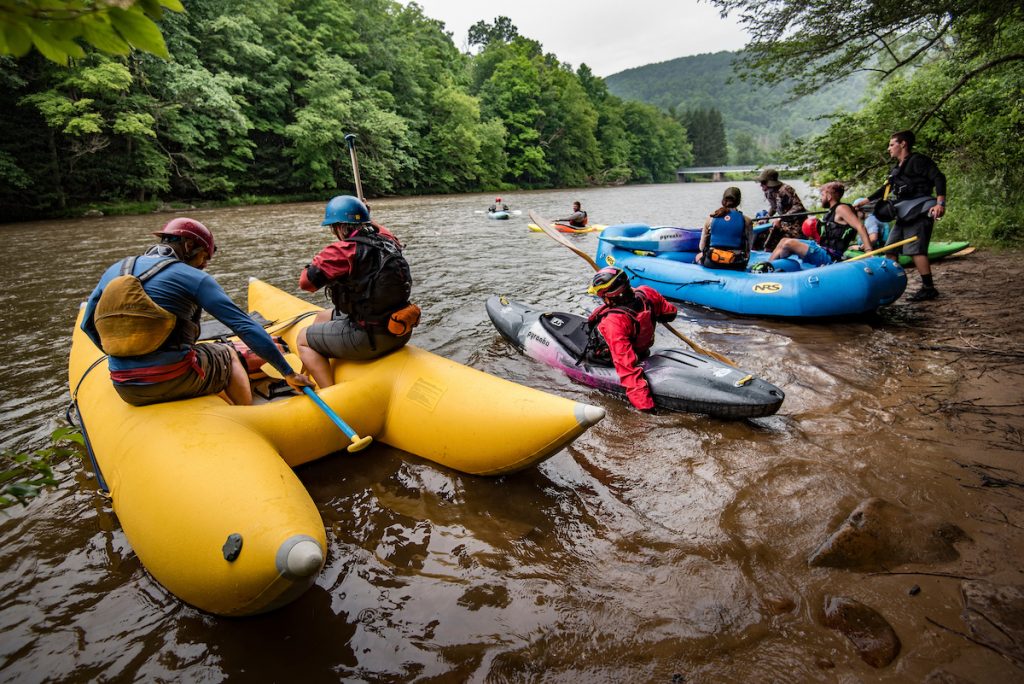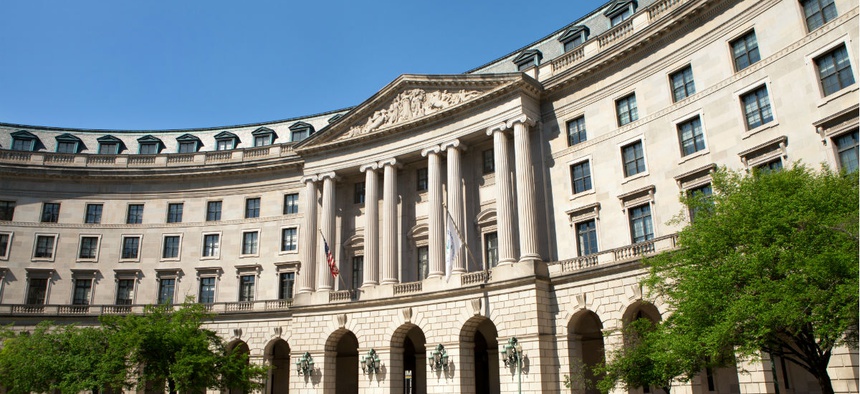Stories and photos of families in Southwestern Pennsylvania and Western Maryland
The Environmental Integrity Project teamed up with the International League of Conservation Photographers to tell stories of six families who live every day in the shadow of fracking. Three families from Pennsylvania have experienced how the fracking boom industrializes rural countryside, disrupts their quality of life, and damages their health. Three from Western Maryland feared the industry would march southward from Pennsylvania if Maryland lawmakers fail to pass legislation extending a moratorium on fracking in the state that expires in October 2017. Maryland has since passed a legislative ban on fracking, marking a great win for the state and point of relief for residents in Western Maryland.
Life in Fracking’s Shadow
Slideshow
A Cautionary Tale About the Oil and Gas Industry.
Hydraulic fracturing for natural gas and oil has transformed the American landscape over the last decade, triggering booms in production, making a few people rich, and creating some new jobs – but also inflicting a terrible toll on many rural families and public health.
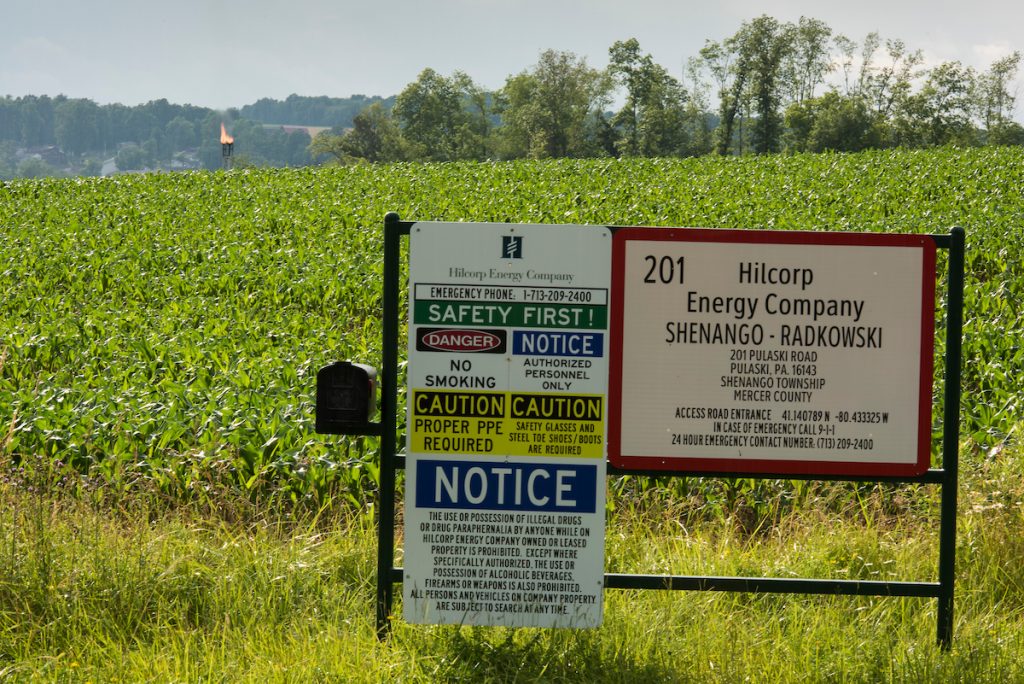 Farmers who for generations have lived in peaceful partnership with the landscape are having their quality of life shattered by loud drilling rigs and flares, tanker trucks at all hours of the night, air pollution, even children and animals suffering mysterious illnesses.
Farmers who for generations have lived in peaceful partnership with the landscape are having their quality of life shattered by loud drilling rigs and flares, tanker trucks at all hours of the night, air pollution, even children and animals suffering mysterious illnesses.
Some of these families and communities are trying to push back, and many are in the midst of debate over legislation and local decision-making that would restrict shale gas development. But they face fierce and well-funded opposition from the oil and gas industry and their allies in state legislatures.
New York State banned fracking in 2015, and Maryland has a temporary moratorium in place that will expire in October 2017. An intense political fight is expected this winter in Maryland over legislation that would permanently outlaw the high-powered injection of water and chemicals into shale rock formations to extract fuel.
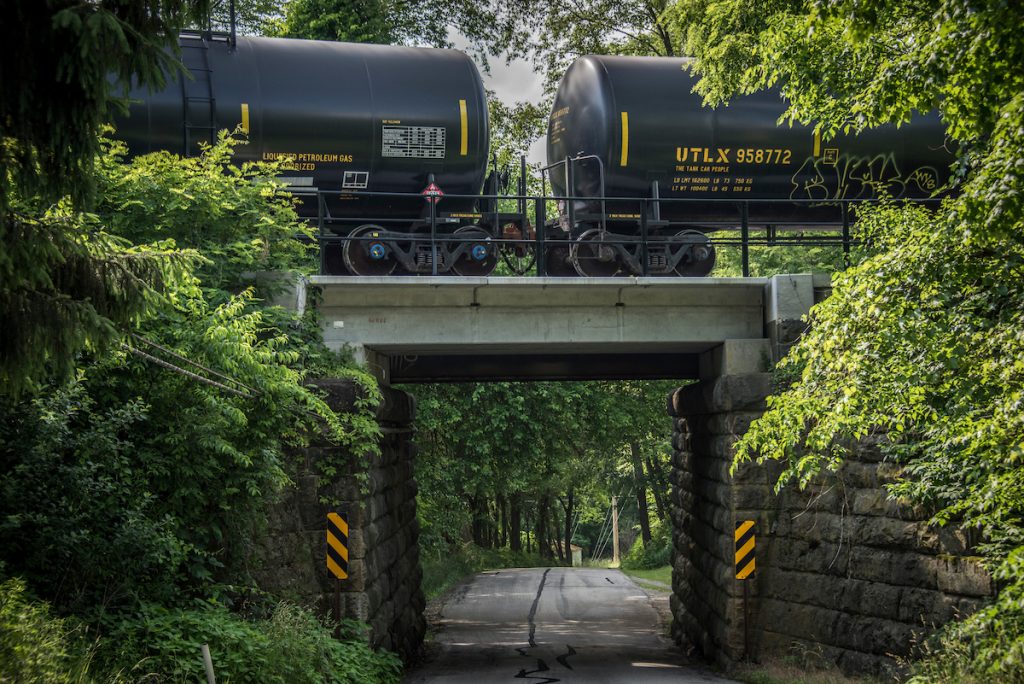 In these debates, numbers are often thrown around – numbers of dollars, jobs, gallons, exports, imports. But what is often lost is what matters the most in a democracy: the people who have to live with the decisions.
In these debates, numbers are often thrown around – numbers of dollars, jobs, gallons, exports, imports. But what is often lost is what matters the most in a democracy: the people who have to live with the decisions.
To shine a light on this issue, the Environmental Integrity Project teamed up with the International League of Conservation Photographers this summer to tell stories, through photojournalism, of six families who live every day in the shadow of fracking. Three of the families are from Pennsylvania – farmers, a doctor, a nurse and their children – whose quality of life and sometimes health have been disrupted by the proliferation of drilling rigs and industrial plants that have followed the fracking boom. Three of the families are from Maryland – winemakers, organic farmers, and a river rafting company owner – who fear that the oil and gas industry will march southward from Pennsylvania if the Maryland General Assembly fails to pass legislation extending a ban on fracking in the state. It’s a cautionary tale: Western Maryland looks today as rural western Pennsylvania looked prior to the fracking boom.
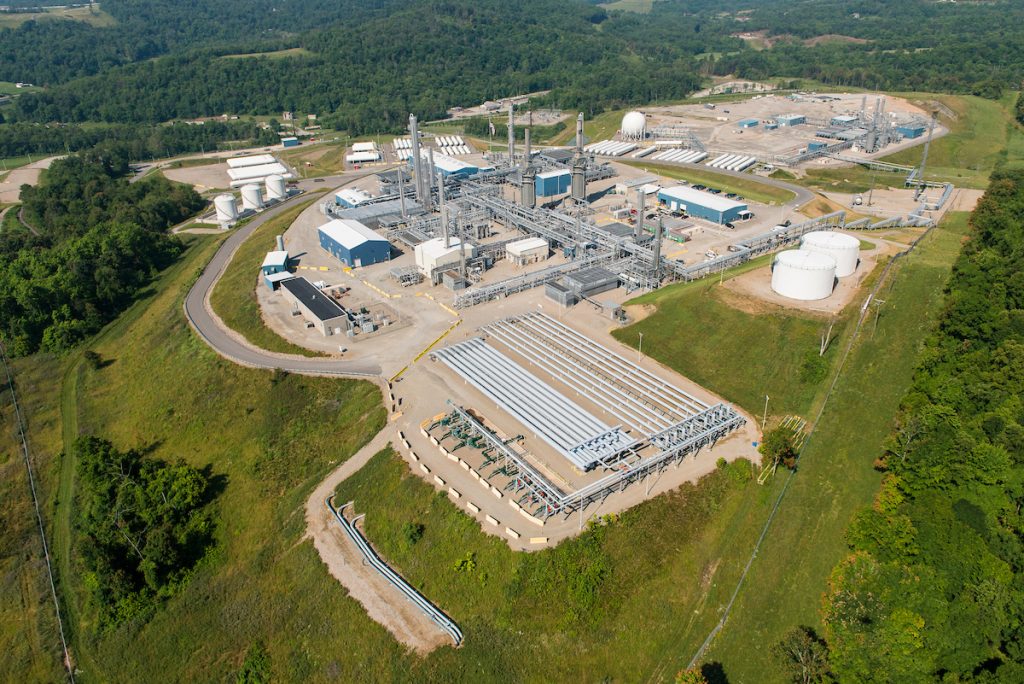
The stories showcase multiple, brave people who refuse to give up or back down, and are organizing to fight for their farms and families. Their concerns touch on issues that extend far beyond state borders to broad questions that all Americans face today: How much power should average citizens and local governments have to determine the character of their communities? Is it the people or industry that decides the quality of our lives?
The narratives were written by EIP Deputy Director Mary Greene and captured in images by Karen Kasmauski and Garth Lenz of the International League of Conservation Photographers.

